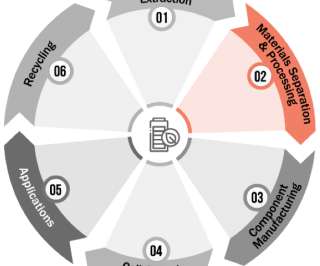Gel polymer electrolyte for stabilizing sulfur composite electrodes for long-life, high-energy Li-S batteries
Green Car Congress
JULY 24, 2017
Researchers in Sweden and Italy have devised a simple strategy to address the issues currently hampering commercialization of high-energy density Li-sulfure batteries, including. limited practical energy density, life time and the scaling-up of materials and production processes. Agostini, M., Navarra, M. and Scrosati, B. 201700977.

















Let's personalize your content